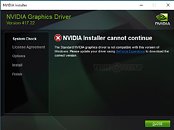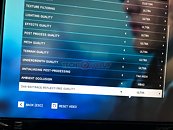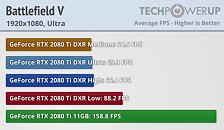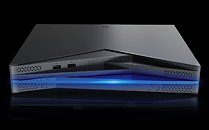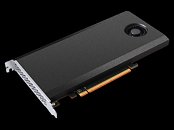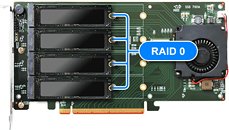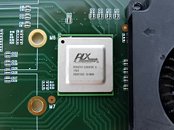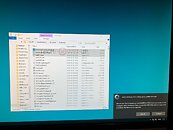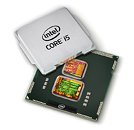
2019 LG Gram 17-inch and 14-inch MacBook Air Rivals Pictured
While the new release of LG's Gram series is no secret, we were able to take a closer look at the 17-inch 17Z990-R.AAS8U1 and 14-inch 14T990-U.AAS8U1 models at CES 2019. These Windows 10 based offerings rival Apple's MacBook Air not only in size but in regards to specifications and looks as well. Packing a 17-inch 2560x1600 IPS display into a 15.6-inch class body the 17Z990-R.AAS8U1 packs a serious punch. It comes equipped with a 4c/8t Intel Core i7-8565U which offers a base clock of 1.8 GHz and a boost clock of 4.6 GHz. It also comes equipped with 16 GB of system memory, while a 512GB SSD handles all your potential storage needs. The inclusion of Thunderbolt 3 gives users faster file transfer speeds along with the ability to connect an extra display via a single port. Meanwhile, the 72 W battery allows for continuous operation up to 19.5 hours. With solid specifications and sleek design, it appears to be a robust system. The MSRP is currently listed at $1699.99.
The more portable 14T990-U.AAS8U1 is a far more compact 14-inch offering with a 1920x1080 IPS touchscreen that makes use of Corning's Gorilla Glass 5. Unlike the 17-inch LG Gram, the 14-inch can convert from a traditional laptop to a tablet and even comes with a Wacom AES 2.0 Pen. Like its larger sibling, it features the same 72W battery allowing for it to operate up to 21 hours. General specifications are the same as its larger sibling with the Intel Core i7-8565U, 16 GB RAM and 512 GB SSD all making a reappearance here. This latest 2-in-1 from LG will set you back $1499.99. For a more in-depth look at both systems check our previous coverage here.
The more portable 14T990-U.AAS8U1 is a far more compact 14-inch offering with a 1920x1080 IPS touchscreen that makes use of Corning's Gorilla Glass 5. Unlike the 17-inch LG Gram, the 14-inch can convert from a traditional laptop to a tablet and even comes with a Wacom AES 2.0 Pen. Like its larger sibling, it features the same 72W battery allowing for it to operate up to 21 hours. General specifications are the same as its larger sibling with the Intel Core i7-8565U, 16 GB RAM and 512 GB SSD all making a reappearance here. This latest 2-in-1 from LG will set you back $1499.99. For a more in-depth look at both systems check our previous coverage here.








